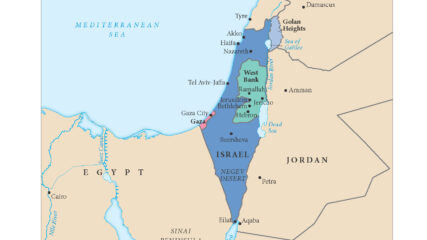July 5, 1950
Introduced in the Knesset on July 3, 1950 as part of a festive legislative session marking the anniversary of Theodor Herzl’s death, the Law of Return created an open-door immigration policy for Jews throughout the world. In addressing the Knesset, Prime Minister David Ben-Gurion stressed that the establishment of Israel as the Jewish State created the opportunity “to make Israel a center for the [Jewish] nation’s physical and spiritual needs.” The law was passed on July 5.
Although the Provisional Council had abolished all British immigration restrictions as one of its first legislative acts in May 1948, the Law of Return further encouraged Jews around the world to move to Israel. Jews who had previously entered the country were deemed to have entered under the Law of Return.
Seeking to enact the Law of Return as a symbolic gesture on the anniversary of Herzl’s death, the pre-legislative committee stage of discussion lasted only two days. (Herzl’s yahrtzeit, the traditional Jewish date marking the anniversary of an individual’s death, was the 20th of Tammuz, which fell on July 5 in 1950). The law was passed unanimously, and Nahum Nir-Rafalkes, the Speaker of the Knesset, announced that it symbolized “the aspirations of our people for two thousand years.”
The law was modified in 1954 to exclude individuals with criminal pasts who were “likely to endanger public welfare,” and again in 1970 to further delineate “who is a Jew“. Later in the 20th century, the issue of “who is a Jew?” and its implications for the Law of Return generated great controversy between non-Orthodox Jews abroad and Israeli politicians and the Rabbinate in Israel.
In the photo, Chairman of the Jewish Agency Avraham Burg welcomes new immigrants to Israel in 1995.










